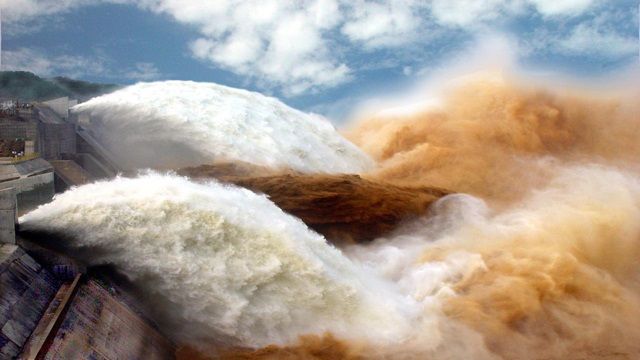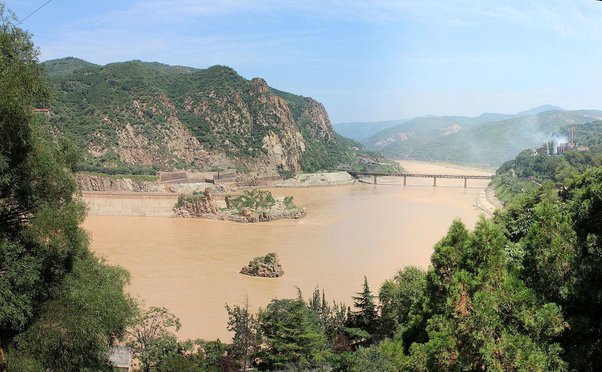Nature has its strength and “The Yellow River” flows in China, it is one of the largest rivers in the world. Being the largest the river is known to be the “River of Sorrows”. In China, the Yellow River is known as the Huang He River. It flows through the different parts of the country and finally merges into the Bohai Sea. Its ancient stories describe it as the Kua Fu the giant had drained this river to quench his thirst.
By the Medieval period, its importance had declined due to various reasons. But it is in modern times that the water body has been reminded of its existence in the country.

River of Sorrows and its Disheartening facts
Reasons are few but the dominance of the river has made it the river of sorrows. The facts of disaster have made it famous as the river of sorrow.
Summer disaster of 1938
The rains during the summer have always been a reason for worry after the summer disaster of 1938. Damages to the properties took place leading to destroy the lives of people from thousands of villages at a time. The Yellow River flood of 1938 was one of the tragedic ends of war and the lives of the people. When the Japanese were invading western and southern China, to stop their further movement the dams of the river were opened leading to destroying of villages and people to 8 million.
Flood disaster in 1887
Another flood disaster led to the killing of thousands of Chinese in 1887. It was the first flood disaster in Chinese history that killed millions of people. According to the record of its flooding about 1,500 times, the river has destroyed by floods during the 2nd century BCE. River of sorrow, the Huang He has killed and destroyed properties that are difficult to calculate.

Soil erosion by Yellow river
The extensive floods have been reduced through the development of dams but still, the floods cannot be entirely restricted. The flow of the water leads to erosion of soil that has about 50 percent of the organic carbon released that is buried into the river itself. About 23 percent of the soil sediments are pushed into the Bohai sea. The floods have destroyed extensive soil erosion. Every year millions of tonnes of soil flow into the river that remains as sediments.
Crop damages due to river of sorrows
Flood disasters and continuous soil erosion have led to damage to agriculture and crops. The River of Sorrows is responsible every year for the losses of crops and various farmlands. Despite of utilization the river for irrigation there has been damage due to the floods. The soil sediments are also responsible for the lack of crop growth each year.
There are still habitats and people near the river Huang Ho, the river of sorrows. As the fertility of the land and the good growth of the crops are unconditionally high. But due to the severe disaster each year, there is a lack of development on the river banks.





